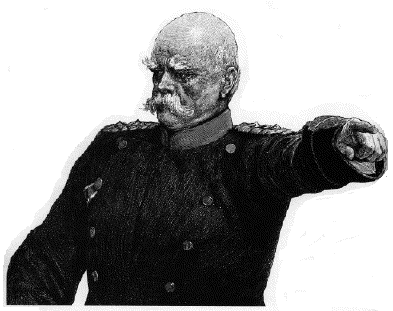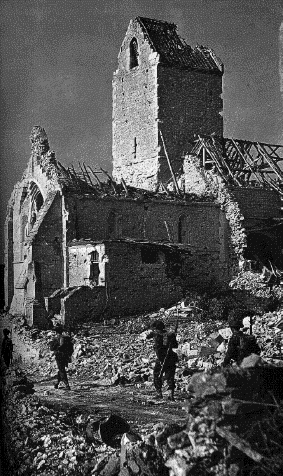A New Kind of War

I constantly recall the look of disgust that passed over the face of a highly distinguished curator of one of the greatest collections of arms and armour in the world when I casually remarked to him that a common type of debris removed from the flesh of wounded men by surgeons in the gunpowder age was broken bone and teeth from neighbours in the ranks. He had simply never considered what was the effect of the weapons about which he knew so much, as artifacts, on the bodies of the soldiers who used them.
Already in 1914, at the beginning of war, battle was much more violent than it had ever been before. And then military and civilian suffering gradually intensified the violence over the duration of the conflict. This progressive intensification lent its own dynamic to the conflict; in the very first days and weeks of the war the practices of war took a brutal turn, not only on the battlefields but also for prisoners and civilians. Even for the ordinary soldier, the enormous explosion of violence that occurred in the summer of 1914 immediately and scathingly refuted all the predictions that had been made in the years prior.
The death toll of the Great War is well known: around 9 - 10 million, nearly all soldiers... Among the great powers in the war, France holds the worst record in proportional losses: 16 per cent of its mobilised men were killed (against 15.4 per cent for Germany). But late in the war not all the men who were mobilised actually fought. If we count only the French troops who were engaged in fighting, the proportionate losses are much greater: 22 per cent of the officers died and 18 per cent of the soldiers. In the infantry itself, the most exposed branch, one out of three officers was killed and one out of four privates.
Perhaps because they are of too great an order of magnitude, or because they have been cited so often, or perhaps because when we are confronted with such statistics of war, powerful reflexes kick in to make them seem unreal. These numbers, oddly, are a weak evocation of the horror. This changes if we adopt a different less frequently used scale and count the number of dead in relation to the days of war. Taking just the two powers most affected, we can say that on average almost 900 Frenchmen and 1,300 Germans died every day between the outbreak of war in August 1914 and the armistice in November 1918...
Some of the peaks of violence are especially revealing: on the first day of the British offensive on the Somme, 1 July 1916, 20,000 men from Britain and the Dominions were killed, and 40,000 men were wounded. No day in the Second World War was so deadly, even on the Eastern Front. For today's Western societies, which are relatively unfamiliar with death, and even with the idea of death in war, it is extremely difficult to begin even to imagine the meaning of such numbers...
 Not only did the nature of death during combat change in 1914-18, but so did the nature of the injuries. In the French army, 3,594,100 injuries were counted and 2,800,000 wounded.
Half the men were wounded twice and more than 100,000 three or four times. The ratio of wounded to mobilized men is thus around 40 per cent, a proportion that was typical for all the large armies engaged in the conflict. This change in the violence of warfare involved first the bodily flesh of the fighting men, both victims and witnesses; combatants in earlier times had never seen injuries of that kind and on such a scale, either on themselves or on the bodies of their comrades.
Not only did the nature of death during combat change in 1914-18, but so did the nature of the injuries. In the French army, 3,594,100 injuries were counted and 2,800,000 wounded.
Half the men were wounded twice and more than 100,000 three or four times. The ratio of wounded to mobilized men is thus around 40 per cent, a proportion that was typical for all the large armies engaged in the conflict. This change in the violence of warfare involved first the bodily flesh of the fighting men, both victims and witnesses; combatants in earlier times had never seen injuries of that kind and on such a scale, either on themselves or on the bodies of their comrades.
Indeed, the gravity and type of wounds inflicted in 1914 - 18 had no precedent. Direct hits from large-calibre shells can literally pulverise the body, leaving no identifiable remains. Very large pieces of shrapnel can actually slice a man in half...
The history of violence in the 1914 - 18 war thus cannot be separated from a history of the body, for bodies had never previously suffered so much and on such a scale. The fate of those who were wounded was by and large atrocious, and a history of military medicine is indispensable to understand the war. "Medicine intersects with everything" wrote Jacques Leonard. Of course, military medicine in 1914 - 18 benefited from the medical advances of the nineteenth century, as well as from the genuine therapeutic breakthroughs that occurred as a direct consequence of the need to deal with the new injuries of 1914. Better evacuation systems and medical infrastructures; the possibility of having antiseptic surgery using anaesthetics on the battlefield; the removal of damaged tissues when treating fractures, limiting the risk of gangrene and reducing the number of amputations; the X-ray detection of projectiles embedded in the flesh; facial plastic surgery; vaccination against typhus and tetanus; and blood transfusions --- all these were therapeutic capabilities that had no equivalent in earlier conflicts. Entirely new specialties were created during the war.
But these health-care advances were counterbalanced by the greater gravity of the wounds inflicted. The latest artillery and the new intensity of fire power caused unprecedented physiological damage, so much so that the rate of survival from injury in combat was probably higher in the early nineteenth century than at the beginning of the twentieth, or so John Keegan has suggested.
Understanding the Great War
Stéphane Audoin-Rouzeau
Annette Becker
Catherine Temerson,
Translator
©2000, Hill & Wang